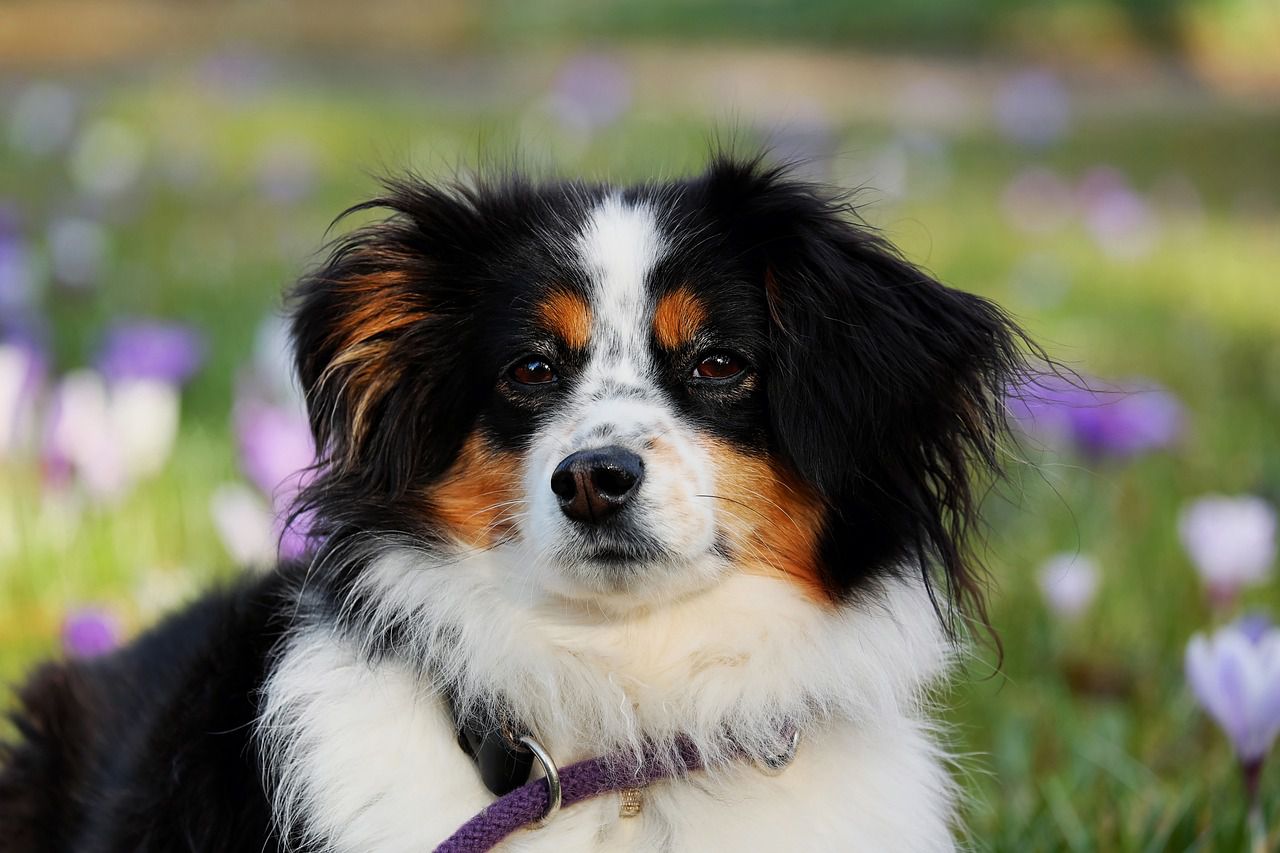Shepherd dogs, also known as herding dogs, were traditionally bred for their ability to manage and protect livestock such as sheep, cattle, and goats.
Early humans noticed that certain dogs had a natural inclination to work closely with these animals, displaying behaviors like circling, nipping at heels, and guiding the herd in a specific direction.
Over generations, humans selectively bred these dogs with desirable herding traits, creating specialized breeds that excelled in working with livestock.
Selection matters
Through this process of selective breeding, certain characteristics were reinforced, such as intelligence, agility, obedience, and the ability to understand and respond to the movements and vocal cues of the animals they were tending.
As a result, these shepherd dogs developed a strong instinct to care for and protect livestock, making them invaluable companions for herders and farmers.

In addition to selective breeding, natural selection also played a role in shaping the behaviors of shepherd dogs.
Dogs that exhibited effective herding behaviors were more likely to succeed in their roles, contributing to the survival and proliferation of these traits in the population.
Training is needed
It's important to note that while instincts and breeding play a significant role in a shepherd dog's ability to care for animals, training and socialization are also essential factors.
From a young age, shepherd dogs undergo training to fine-tune their herding skills and to establish a strong bond with their human handlers.
The close relationship between the shepherd and the dog is crucial in facilitating effective communication and cooperation during herding tasks.









